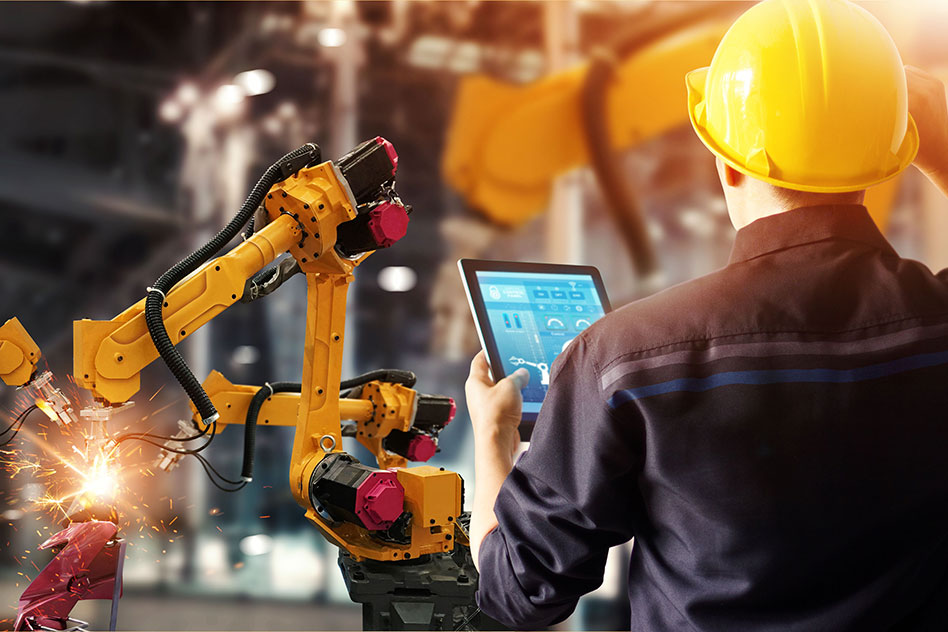As industries evolve and the demands for efficiency increase, the intersection of robotics and human labor is becoming increasingly crucial. The future of factory floors and construction sites may depend heavily on how well robots can predict and adapt to human movements. MIT’s latest innovation in this domain marks a significant leap toward enhancing safety and productivity through robotics in shared spaces.
The Challenge of Human-Robot Interaction
Industrial environments, often populated with hefty and powerful robots, present unique challenges. These machines can perform high-precision tasks at an impressive speed, but their interaction with human workers exposes them to potential hazards. Current “co-robotics” or “corobotics” efforts, such as those seen with ABB’s YuMi robots, have laid the groundwork for safe collaboration, yet the inherent unpredictability of human movement remains a formidable obstacle.
Why Current Approaches Fall Short
Many existing algorithms have relied heavily on techniques from audio and speech recognition to anticipate movement patterns. However, such methods often struggle to accurately predict the erratic and variable nature of human motion—especially in a fast-paced work environment. Prior systems were overly cautious, leading to delays and inefficiencies as robots often stalled when a worker approached, waiting for any signs of interaction. This not only wasted time but also hindered productivity.
MIT’s Innovative Solution
The researchers at MIT have taken a pioneering approach to tackle this issue by developing a novel algorithm that emphasizes real-time trajectory analysis. Known as the “partial trajectory” method, this algorithm utilizes a rich dataset of previously recorded human movement paths to better anticipate the motion of individuals in the factory. By engaging with both current data and a comprehensive library of historical trajectories, robots can forecast potential paths of workers more effectively, even when human actions are inconsistent.
Potential Applications Beyond Industry
One of the exciting aspects of this breakthrough is its potential to extend beyond industrial applications. The implications for consumer robotics are significant, particularly in long-term in-home care scenarios for the elderly. By improving the predictive capabilities of robots in a domestic setting, we can envision companions that better understand and adapt to the dynamic patterns of human behavior, providing a safer and more intuitive interaction.
Conclusion: Towards a Safer Coexistence
The work being done at MIT is a crucial step toward not only increasing the efficiency of human-robot collaborations but also enhancing safety protocols in environments where humans and machines operate in close proximity. As these technologies evolve, we may find ourselves navigating a future where the collaboration between humans and robots becomes seamless, thanks to advanced predictive algorithms that truly understand us.
At fxis.ai, we believe that such advancements are crucial for the future of AI, as they enable more comprehensive and effective solutions. Our team is continually exploring new methodologies to push the envelope in artificial intelligence, ensuring that our clients benefit from the latest technological innovations. For more insights, updates, or to collaborate on AI development projects, stay connected with fxis.ai.

